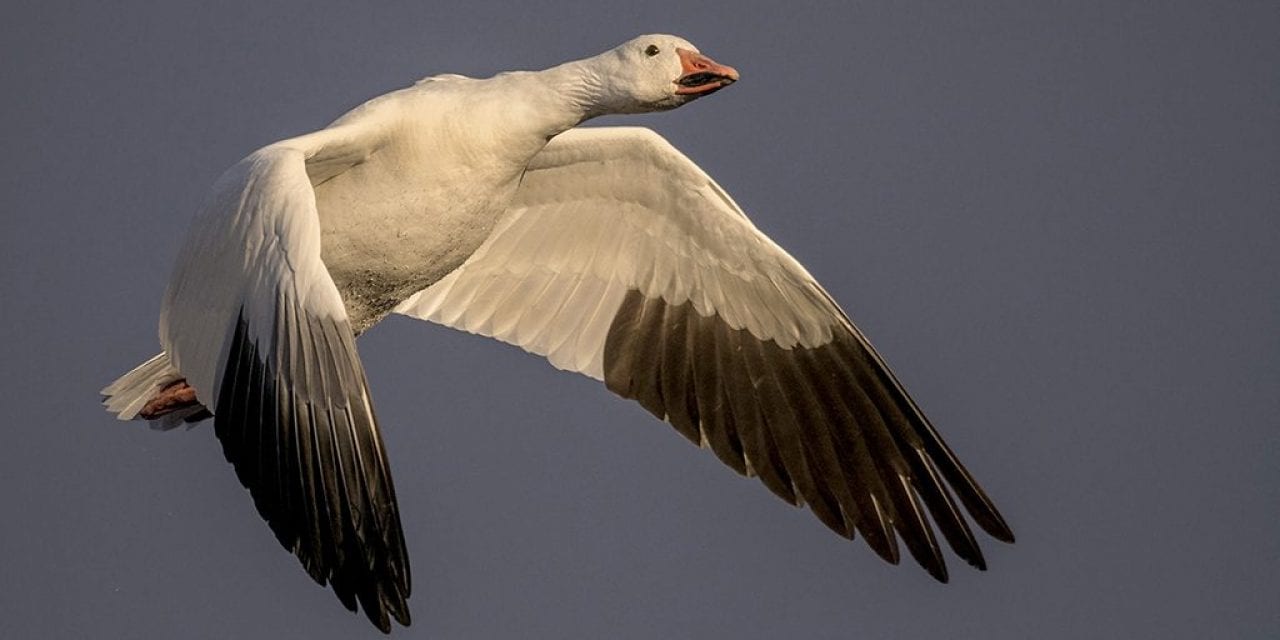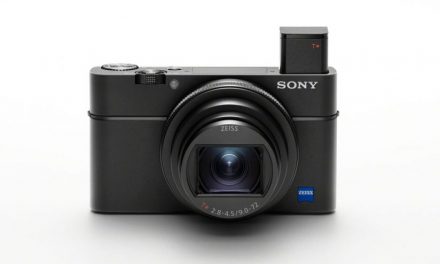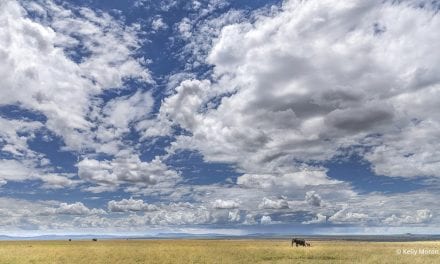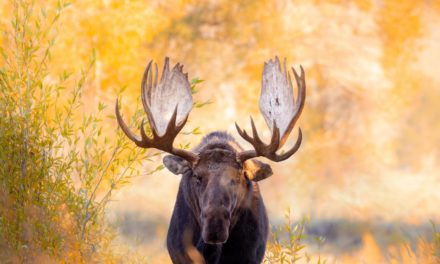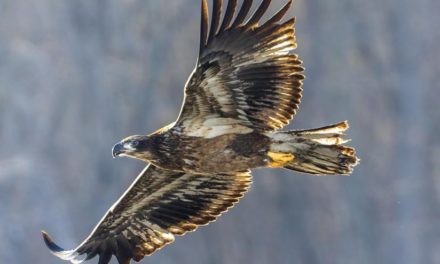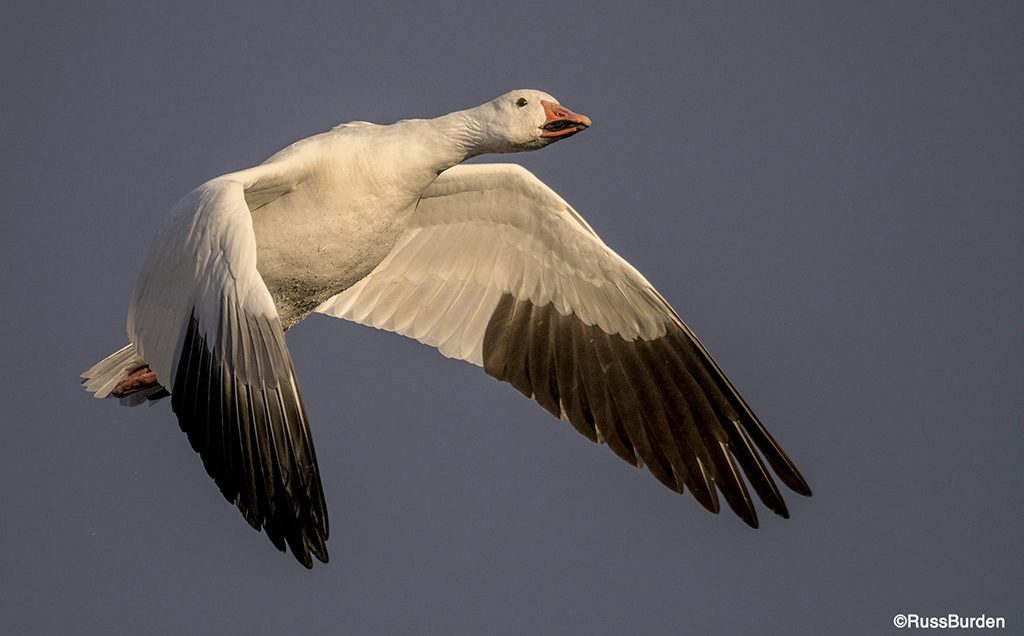
Great images are comprised of many positive attributes: good composition, complimentary light, proper lens choice, a clean background, a distraction-free foreground and strategic use of depth of field. The list is comprised of numerous important aspects that factor into a successful photo, but unless the image is sharp, all the above are irrelevant as it’s destined for the trash can.
Factors that impact a photo’s sharpness include proper use of a stable tripod, the working aperture, what shutter speed was used in combination with the working aperture, what focal length was employed, at what ISO the image was photographed and how much ambient light there was when the image was made. In this multi-part Tip of the Week series, I’ll discuss all of these aspects, and more, in-depth.
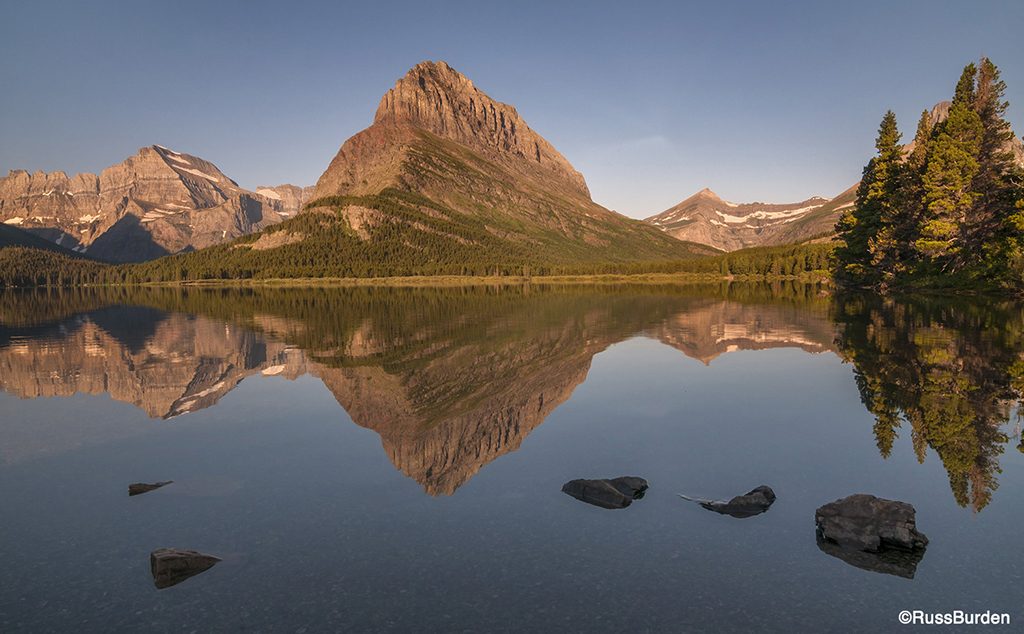
A key ingredient in the recipe of sharpness is a good tripod. The heavier it is, the more stability it provides, yet too heavy a tripod is counterproductive because it will remain in the closet or trunk of the car. The size of the tripod should be governed by the longest focal length lens needed to make the shoot. Big ones are reserved for lenses in the 400mm-plus range. Medium-sized ones work well with lenses ranging from 100-300mm. Smaller models work fine with wide-angle lenses. Big, medium and small are relative based on how much you can, and are willing to, take into the field. By all means, avoid ones that are rickety and provide little or no support.
A tripod is useless unless you accept its weight and carry it with you. It should be your ally that provides a stable platform for your camera and lens. It should have the capability to get the camera to ground level and also be tall enough to provide comfort at eye level when extended. By all means, don’t extend the center post unless it’s absolutely essential. The sturdiness is compromised as it turns the tripod into a monopod. The longer the lens, the greater the negative impact. Unless it’s necessary, keep the legs compressed because the closer it is to the ground, the greater the stability.
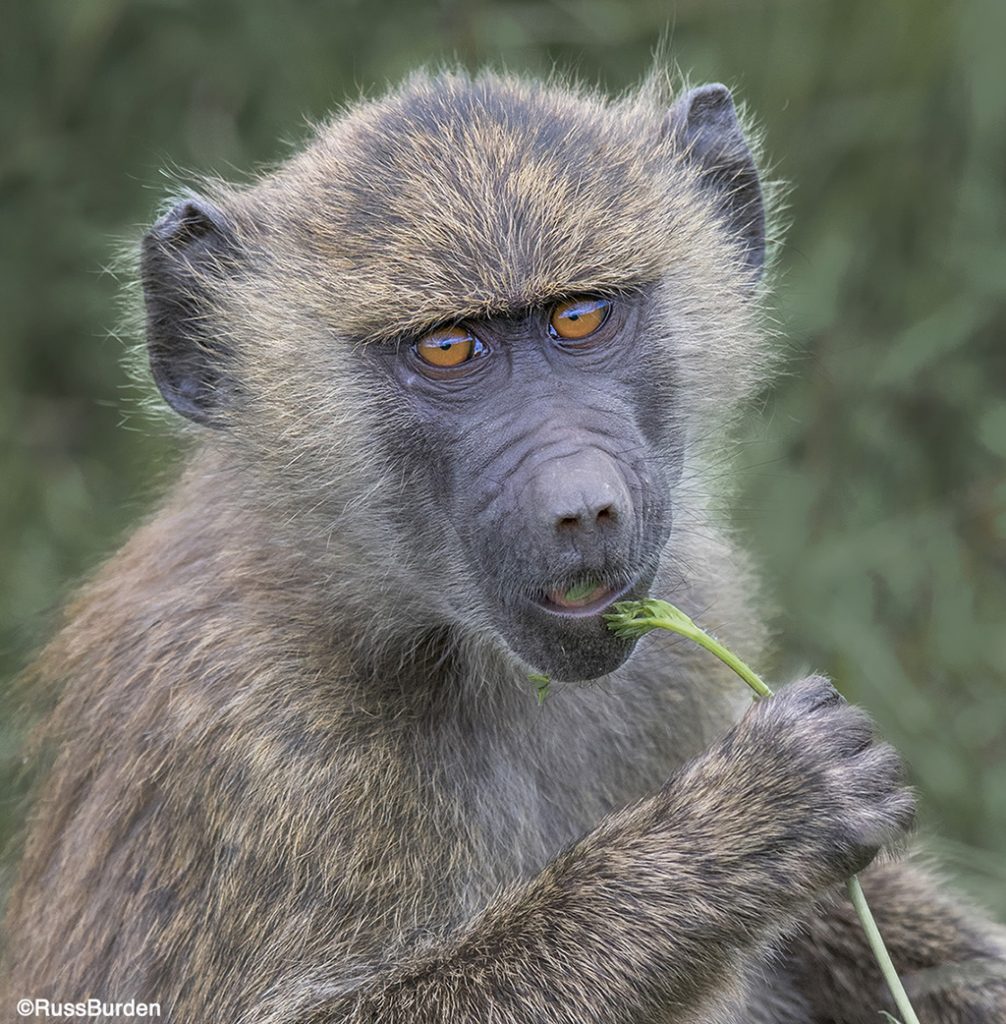
The weight of the tripod has a direct correlation to its use. It should be light enough to not be a burden yet formidable enough to provide support. It shouldn’t wiggle with the camera on it, it shouldn’t be impacted by light wind nor should it give the impression it has been fasting for the past three weeks. If weight is a major consideration, purchase one made of carbon fiber. They offer greater stability at about one third the weight, but they’re more expensive.
To attach your camera to the tripod, there are two common options: A ballhead or a pan and tilt head. Ballheads have become very popular. They’re quicker and more efficient to use than a standard pan head. That being said, I prefer a pan and tilt head as they allow the photographer to be more precise, and I prefer precision over speed. I encourage you to try both and make your choice based on your preferences. Regardless of the style you choose, all types of heads range in both size and price. The larger they are, the bigger the camera/lens combination they’ll support. Commensurate with size and strength are their price.
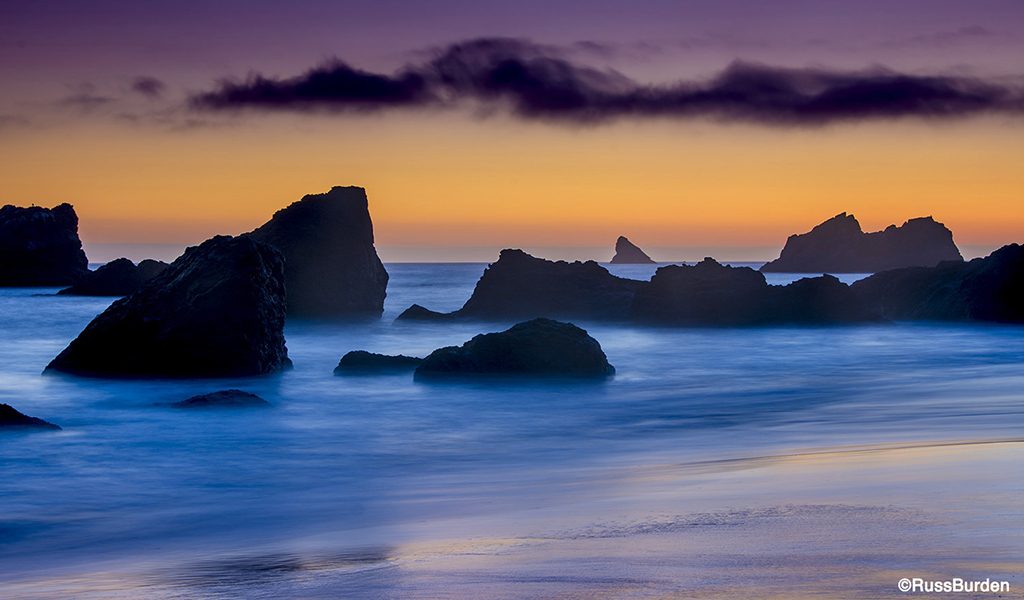
An often-overlooked positive attribute to using a tripod is it forces a photographer to work slowly and more carefully. This translates into better imagery. Compositions are scrutinized and it’s easier to notice distractions. This happens because the pace of the shoot is slowed down.
In any situation where a tripod isn’t convenient, find another means to support the camera. Be it a fence post, tree, side of a building, beanbag or even a rolled-up jacket. Any means by which the camera can be steadied will yield a sharper image. With longer lenses, rest both the barrel and camera body on a solid surface for greater stability.
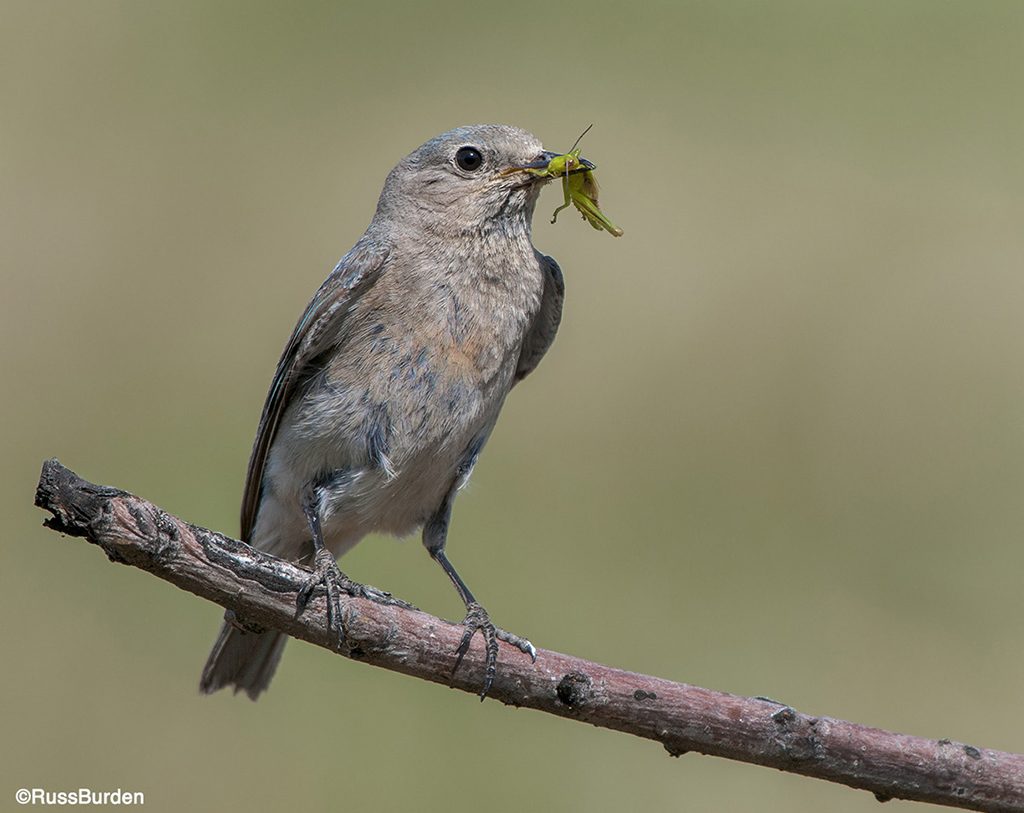
If handholding is the only alternative, make sure your weight is evenly distributed and get into a position of good balance. Grasp the camera with one hand and cradle the lens with the other. Take a deep breath and push your elbows into your abdomen to dampen the pressing of the shutter. Gently squeeze the shutter rather than jab it. If possible, assume a prone position to rest your elbows on the ground or sit with your elbows placed on your knees. Both ways provide more support than being in an upright stance.
Be sure to catch the next two weeks’ tips to learn about more ways to obtain the sharpest images possible.
Visit www.russburdenphotography.com for information about his nature photography tours and safari to Tanzania.
The post Look Sharp, Part 1 appeared first on Outdoor Photographer.

